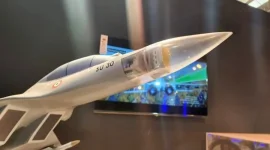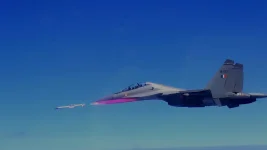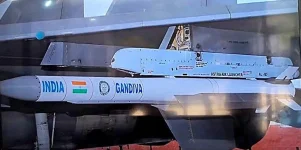- Views: 3K
- Replies: 28

India's homegrown Beyond Visual Range Air-to-Air Missile (BVRAAM), the Astra MkII, is on the cusp of its final testing phase before being handed over to the Indian Air Force (IAF) for user trials, according to sources within the Defence Research and Development Organisation (DRDO).
This milestone marks a significant step towards the missile's induction into the IAF's arsenal, where it is expected to play a pivotal role in bolstering the nation's air defence capabilities.
The Astra MkII has already undergone a series of rigorous tests, including captive trials, separation trials, unguided dual-pulse motor trials at various ranges, and seeker trials. These tests have successfully validated the missile's core functionalities, setting the stage for the upcoming full-scale trials against target drones.
Successful user trials will pave the way for the missile's integration with a range of IAF fighter jets, including the Tejas MkIA, MkII, Su-30MKI, Rafale, and the much-anticipated Advanced Medium Combat Aircraft (AMCA).
Classified as an AIM-120D Advanced Medium Range Air-to-Air Missile (AMRAAM) class weapon, the Astra MkII is capable of engaging enemy aircraft at extended ranges, potentially exceeding 160 kilometers when launched from high altitudes. This puts the Astra MkII on par with some of the world's most sophisticated BVRAAMs.
The induction of the Astra MkII into the IAF will significantly enhance India's air defence capabilities. It provides a cost-effective and strategically crucial alternative to relying solely on foreign-sourced weaponry. Moreover, its compatibility with a diverse fleet of fighter jets will increase operational flexibility and effectiveness.
The development of the Astra MkII underscores India's growing self-reliance in defence technology. This indigenous missile is a testament to the nation's commitment to bolstering its defence capabilities and reducing its dependence on foreign arms.



